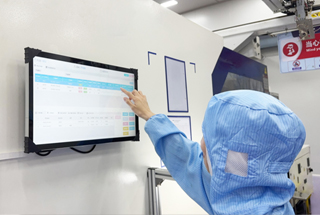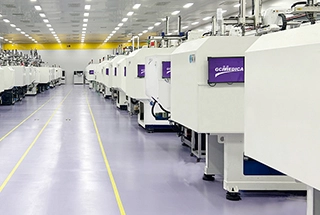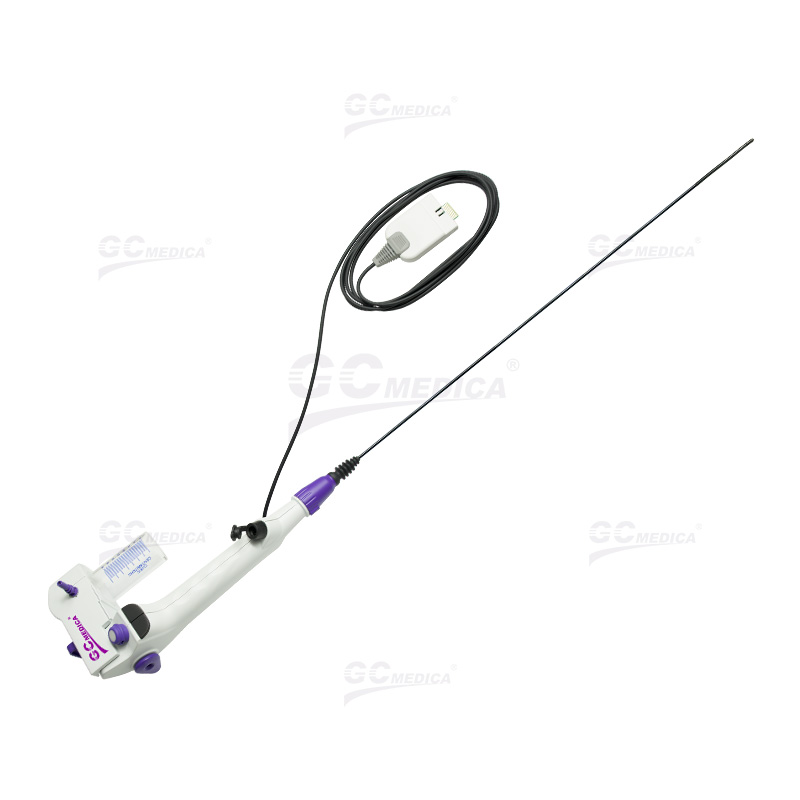A flexible bronchoscope is a vital medical instrument used to examine the airways and lungs. This device consists of a long, slender, and maneuverable tube equipped with a light and camera at its tip, allowing healthcare professionals to visualize the respiratory tract in detail. Its flexibility enables navigation through the intricate pathways of the bronchial tree, facilitating both diagnostic and therapeutic procedures.
 Ezscope™ Disposable Flexible Bronchoscope Online Promotions (Click for details >)
Ezscope™ Disposable Flexible Bronchoscope Online Promotions (Click for details >)
Applications of Flexible Bronchoscopy
Flexible bronchoscopy serves multiple purposes in respiratory care:
Diagnosis: It aids in identifying conditions such as tumors, infections, and airway obstructions. Physicians can perform biopsies, collect tissue samples, and obtain bronchoalveolar lavage specimens to analyze lung diseases.
Therapeutic Interventions: The instrument is utilized to remove foreign bodies, clear secretions or blood from the airways, and assist in procedures like percutaneous tracheostomy placement. It also plays a role in controlling bleeding from focal lesions.
Airway Management: In critical care settings, flexible bronchoscopes are employed for difficult intubations, guiding the placement of double-lumen tubes, bronchial blockers, and endobronchial valves.
Key Features of Flexible Bronchoscopes
When selecting a flexible bronchoscope, several features are paramount:
High-Quality Imaging: Modern bronchoscopes incorporate advanced imaging technologies, such as high-definition sensors, to provide clear and detailed visuals of the airway structures.
Enhanced Maneuverability: The device's flexible tip can be articulated, allowing for precise navigation through the bronchial tree. This maneuverability is controlled via an ergonomic handle designed for ease of use.
Integrated Illumination: Built-in LED lights at the distal end ensure adequate illumination of the airways, enhancing visualization during procedures.
Working Channels: These channels permit the passage of instruments like biopsy forceps or brushes and enable suctioning or saline injection, expanding the scope's functionality.
Procedure and Safety Considerations
Performing a flexible bronchoscopy involves several steps:
Preparation: The patient undergoes airway anesthesia, either through deep sedation or topical local anesthetic.
Insertion: The bronchoscope is carefully introduced through the nose or mouth, advancing into the trachea and bronchi.
Examination and Intervention: The clinician inspects the airways, collects samples, or performs necessary treatments.
While generally safe, the procedure carries potential risks, including airway trauma, coughing, bronchospasm, loss of positive end-expiratory pressure (PEEP) leading to oxygen desaturation, barotrauma, and infection transmission if sterilization protocols are inadequate.
Advancements in Flexible Bronchoscopy
The field has seen significant advancements since the introduction of flexible bronchoscopes in 1966. Originally developed for early lung cancer detection, their applications have expanded to include a wide array of diagnostic and therapeutic procedures. Innovations such as endobronchial ultrasound (EBUS) have further enhanced their utility in assessing mediastinal lymphadenopathy and guiding biopsies.
Conclusion
Flexible bronchoscopes are indispensable tools in modern pulmonary medicine, offering versatility in diagnosing and treating various respiratory conditions. Their continued evolution promises to further improve patient outcomes and procedural efficiency.


 Français
Français Español
Español Products
Products

 About Us
About Us












